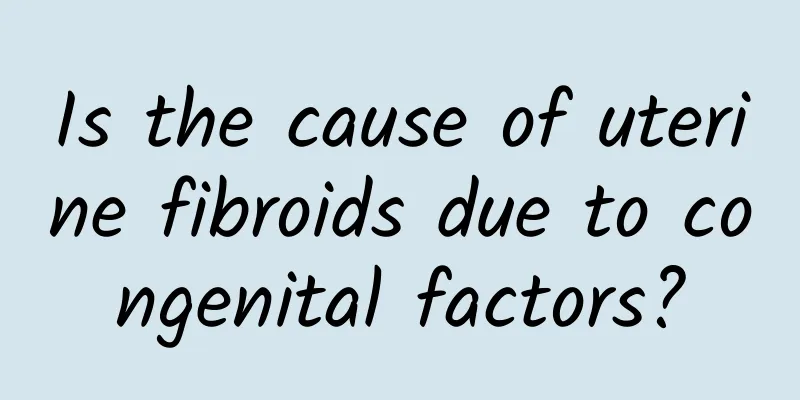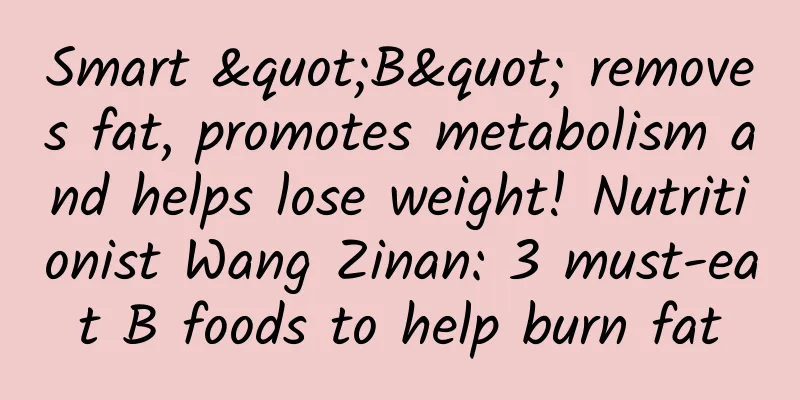Introduction to the characteristics of endometriosis attacks

|
Endometriosis is a common gynecological disease in women. It mostly occurs in women of childbearing age. It does not occur before puberty. After menopause, the ectopic lesions may gradually atrophy and degenerate. The typical symptom of the disease is dysmenorrhea, which is secondary and progressively worsens. The following is an introduction to the characteristics of endometriosis attacks. (1) Dysmenorrhea: Dysmenorrhea is the most typical symptom of endometriosis. It is secondary and progressively worsens. It usually starts 1 to 2 days before menstruation, is most severe on the first day of menstruation, and gradually subsides until it disappears when menstruation is over. In severe stages, the pain is unbearable, and even increased doses of analgesics are ineffective. The pain is caused by internal bleeding in the endometriosis lesions stimulating local tissue inflammatory reactions. At the same time, the endometriosis lesions secrete more prostaglandins, causing uterine muscle contracture, and dysmenorrhea is bound to be more significant. (2) Menstrual abnormalities: These may manifest as excessive menstruation or irregular menstruation. Most cases of menstrual abnormalities are related to the effect of endometriosis on ovarian function. Endometriosis patients may experience ovarian dysfunction, such as abnormal ovulation. (3) Infertility: Endometriosis patients often suffer from infertility, with an infertility rate of 40% to 50% among endometriosis patients. This is mainly because endometriosis can often cause adhesions around the fallopian tubes, affecting oocyte collection; or because ovarian lesions affect ovulation. (4) Pain during sexual intercourse: Endometriosis in the rectouterine pouch and vaginal rectal septum can cause pain during sexual intercourse (deep tenderness), increased frequency of bowel movements during menstruation, and pain (tenesmus). (5) Others: Endometriosis to the bladder may cause periodic frequent urination, painful urination, and hematuria. Endometriosis to the abdominal wall scar and umbilicus may cause periodic localized lumps and pain. Patients with intestinal endometriosis may experience abdominal pain, diarrhea or constipation, and even periodic small amounts of blood in the stool. Endometriosis is very harmful, so we need to detect and treat it early. The treatment plan for endometriosis varies depending on the severity of the disease, the patient's age and fertility. If the disease is severe, or manifested as severe dysmenorrhea, or pelvic examination finds definite endometriosis nodules, medication or surgery must be used. |
<<: Is bacterial vaginosis contagious?
>>: How much does it cost to get a leg slimming injection?
Recommend
What are the symptoms of pelvic effusion cystic mass
Symptoms of pelvic effusion and cystic masses var...
Does a right ovarian cyst cause dysmenorrhea? Are there many symptoms?
Can a right ovarian cyst cause dysmenorrhea? Are ...
How long should I take Chinese medicine for pelvic effusion? What are the prescriptions?
How long does it take to take Chinese medicine fo...
Things to note when preventing ovarian cysts
Daily life conditioning is very important for pre...
How to take mifepristone? Listen to the doctor
Mifepristone has two functions: it can be used as...
There are many good ways to prevent cervical hypertrophy in life
At present, the incidence of cervical hypertrophy...
Young people are experiencing rapid graying of hair? Find out the 8 main culprits of Juvenile Whiteness! Nutritionist Lin Shihang: 8 key nutrients to get rid of "whitehead"
Why do some people start to have gray hair at the...
Detailed description of the harmful manifestations of cervical hypertrophy
Among gynecological diseases, cervical hypertroph...
What are the hazards of pelvic peritonitis to women?
Women will experience lower abdominal pain after ...
Early treatment of hyperprolactinemia
Treatment for high prolactin. Prolactin is a poly...
Authoritative hospital for the treatment of cervical precancerous lesions
With the rapid speed of media communication, the ...
Are you still eating boiled broccoli and spinach to lose weight? It turns out they were all wrong! Famous weight loss doctor: Eat this way to prevent nutrient loss
If office workers are busy and want to be slim, t...
There are so many obesity traps, be careful! How to use oil? Use the right oil to avoid getting fatter
There are so many obesity traps, be careful! Cook...
Office workers are competing for vitality! Nutritional supplements are not sloppy
Office workers generally work long hours, have li...
Can recurrence of cervical precancerous lesions be treated?
Can cervical precancerous lesions be cured if the...









